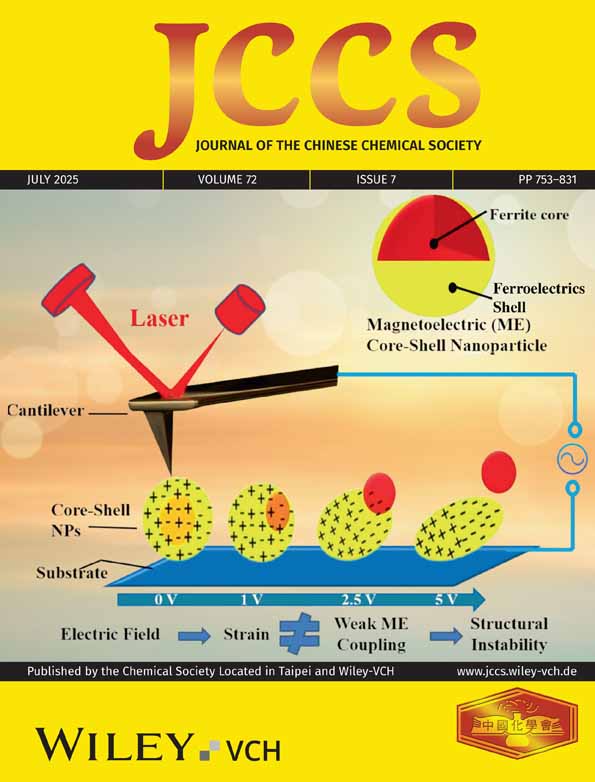Synthesis of Nano-Sized Zinc Oxide Photocatalyst by Combustion Method
Abstract
The objective of this research was to use combustion synthesis to create a nano-sized ZnO photocatalyst using citric acid as the fuel and zinc nitrate as the oxidant. The starting materials were mixed in a stoichiometric ratio, and a slurry precursor with high homogeneity was formed. The precursor was ignited at room temperature, resulting in dry, loose, and voluminous ZnO powders. The powders, characterized by SEM, TEM and XRD, showed a particle size range of 40 to 80 nm with a wurtzite structure. The ZnO powders were introduced as a photocatalyst for the degradation of methyl orange, which was adopted as a model compound. UV light (6W) was used as the irradiation source to induce synthesized ZnO powders to perform catalytic activity. The photocatalytic reaction was executed in 40 mL of a 10 ppm methyl orange aqueous solution under 254 nm UV illumination. In this work, it was observed that both UV light and ZnO powders are needed for the photocatalytic reaction. In addition, it was found that increasing the amount of ZnO powder present in the MO (methyl orange-C14H14N3NaO3S) solution did not correlate directly with an increase in photocatalytic ability. It was found that the scattering problem of UV light also needs to be considered. The optimized photocatalytic degradation ratio in this work reached 92.7%.




